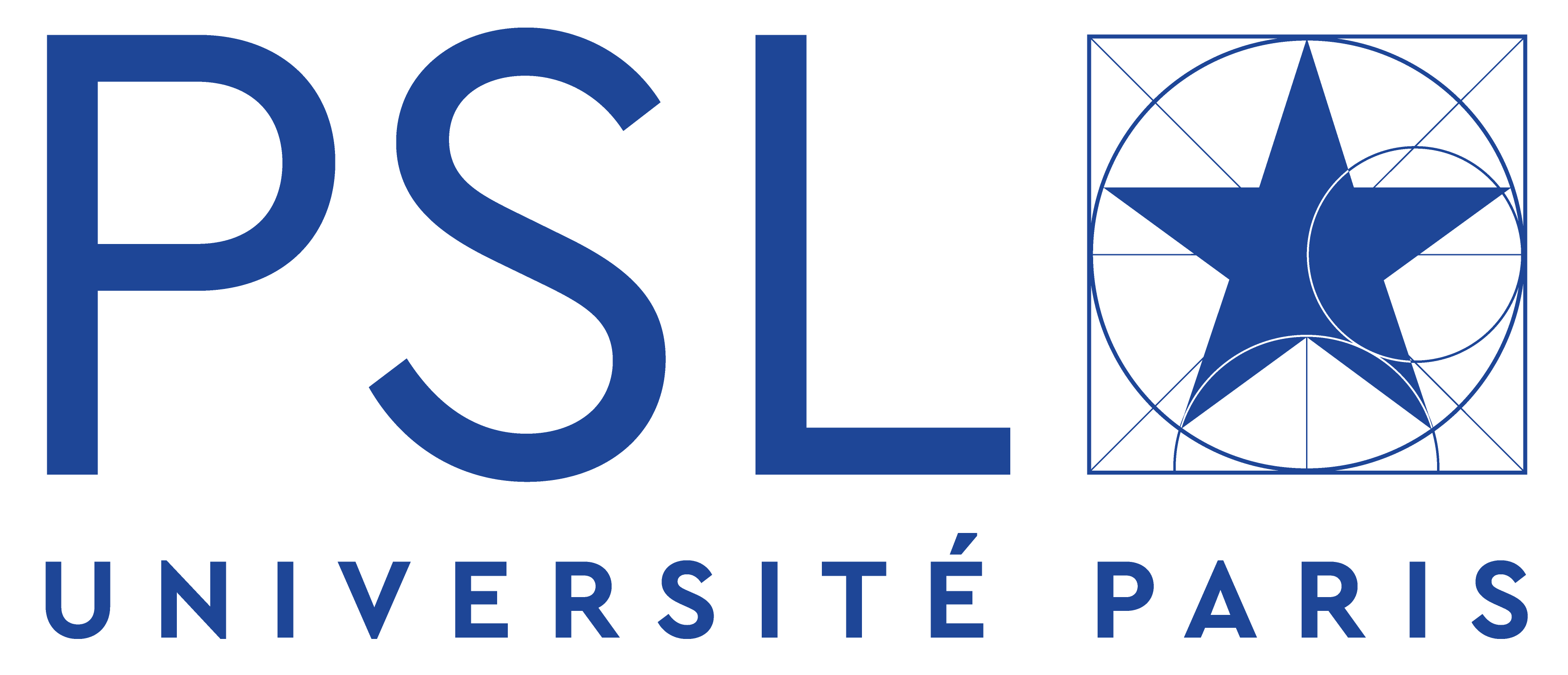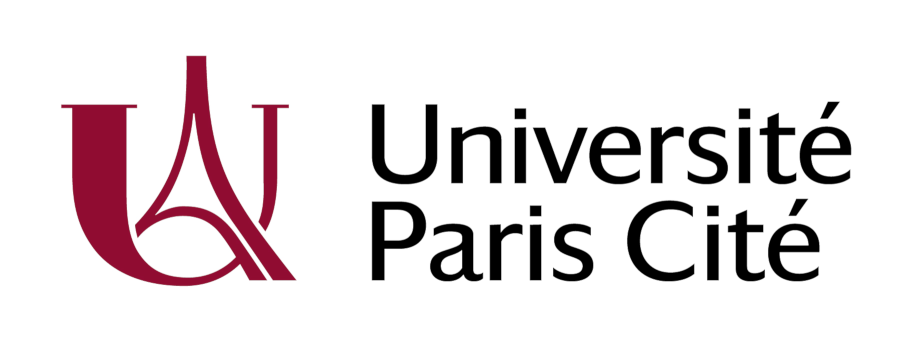
European Union’s Horizon 2020 research and innovation programme under the MARIE SKŁODOWSKA-CURIE grant agreement No 744840.
Individual Fellowship of LAURA COBUS (2017 - 2019)
SMART - Scattering Matrix Approach in Reflection applied to Turbid media
In the world of classical wave imaging, multiple scattering is often seen as an unavoidable obstacle. Technologies such as echography, radar, and optical coherence tomography (OCT) rely on the assumption that detected waves have scattered only once from the target. When there are multiple scattering events between source and detector, the equivalence of time-of-flight and target depth is lost, so conventional imaging techniques no longer work. However, in the last few decades, interest in multiple scattering has undergone a resurgence due to the realization that multiply-scattered waves contain information about the medium through which they propagate. This information is held in the Green’s function, which completely describes the propagation of a wave between two points. Techniques such as ultrasonic imaging employ multiple sources and detectors to capture a matrix of Green’s functions containing the responses between each source and detector. This Green’s matrix contains all relevant information about the system, and for random heterogeneous media it is thus naturally described by random matrix theory (RM). Recent advances have suggested that the field of classical wave imaging can benefit from knowledge of the Green’s matrix, by using it to extract information not available using conventional techniques. In this project, we have developed such an RM approach to perform optical and ultrasonic imaging of biological tissues. Our experimental approach, called SMART-OCT, can go beyond the limitations traditionally imposed by multiple scattering and aberrations for deeper imaging in human tissue. By using a white-light illumination, our optical imaging setup avoids the high cost, complexity, and in-vivo safety concerns of traditional OCT-like setups with laser illumination. The white-light illumination and access to the Green’s matrix also opens up new avenues in fundamental physics ; we have shown that materials which scatter light exceptionally strongly can be investigated using an RM imaging approach with a white-light illumination. This allows the study of materials which are candidates to show Anderson localization of light, independently of the absorption and non-linear effects which have traditionally hampered experimental observations of this exotic effect.










